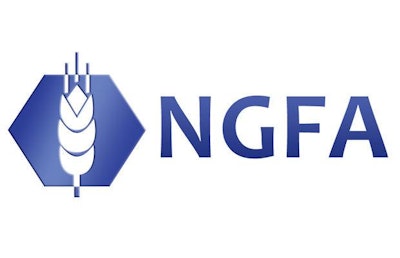
The National Grain and Feed Association (NGFA) on May 15 submitted its official statement to the Commodity Futures Trading Commission (CFTC) on the agency’s latest attempt to implement speculative position limits across a range of commodities and futures contracts.
The commission has attempted several times previously –- during the almost 10 years since the Dodd-Frank financial reform legislation became law -– to finalize rules for position limits. The NGFA has worked closely with CFTC over the years to resolve contentious issues that existed in earlier proposals of the rule. As a result of NGFA’s efforts, the current proposal comes much closer to a workable approach for the grain, feed and processing industry.
While expressing general support of the proposal and citing improvements from previous iterations, NGFA highlighted a few remaining concerns in its comments, including:
- Spot-Month Limits: The NGFA supports increased spot-month limits for grain and oilseed contracts, up to 1,200 contracts compared to the current spot-month limit of 600, but with the admonition that CFTC and the CME Group should monitor implementation closely and make adjustments if convergence between futures and cash markets is threatened.
- Non-Spot Month Limits: Rather than endorse very large increases in single-month and all-months-combined limits, the NGFA recommends that the commission maintain relatively lower single-month limits to prevent too much volume from becoming concentrated in nearby non-spot months. In addition, the NGFA strongly supports providing authority for exchanges to implement limits lower than federal limits as merited for individual contracts and various commodities.
- Enumerated Bona Fide Hedges: Commendably, the CFTC proposal expands the range of hedging strategies explicitly recognized by the agency as bona fide hedges, including an important expansion of anticipatory hedging. Importantly, these so-called enumerated hedges will be self-effectuating for purposes of hedge exemptions from federal speculative position limits. That means market participants will not have to apply to CFTC for exemptions for those enumerated hedging strategies. However, NGFA urges the CFTC to make one additional hedging strategy enumerated in the final rule; that is, using a futures calendar spread to hedge an unfixed price basis purchase or sale.
- Non-Enumerated Hedge Exemption Process: The proposal introduces a new two-track process for applying for hedge exemptions from both exchange-set and federal position limits. Hedgers can apply directly to their exchange, and following exchange approval the CFTC has proposed that the agency have a 10-business day review period. The NGFA urges CFTC to reduce its review period to two days for both hedging needs known in advance and for sudden or unforeseen needs. In addition, NGFA seeks clarification from the CFTC as to whether a market participant may take a position based upon the exchange’s determination during the review period without fear of CFTC penalties for a position limit infraction.

















